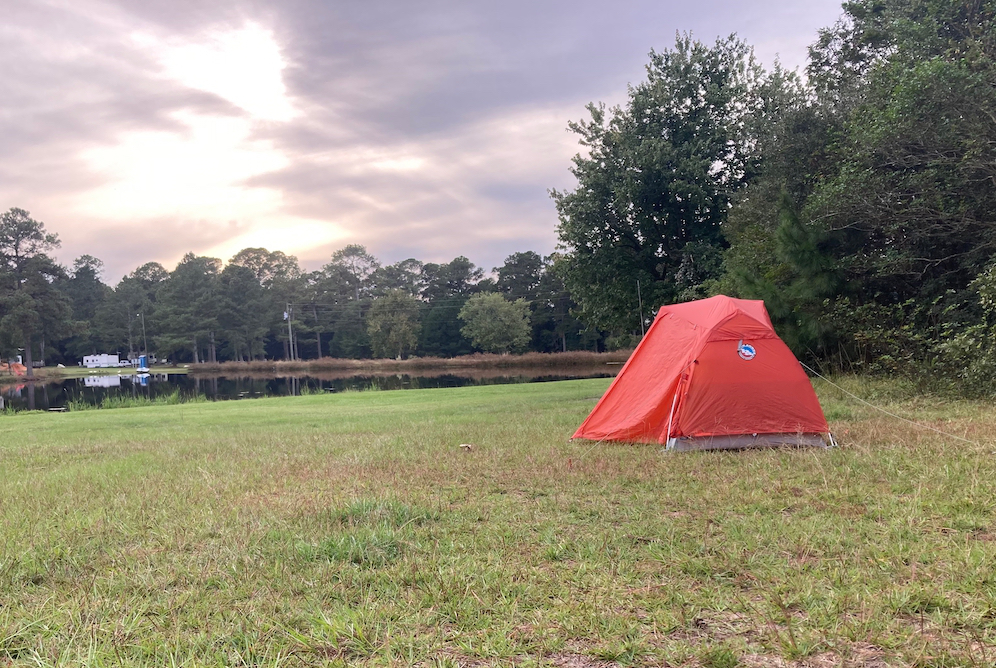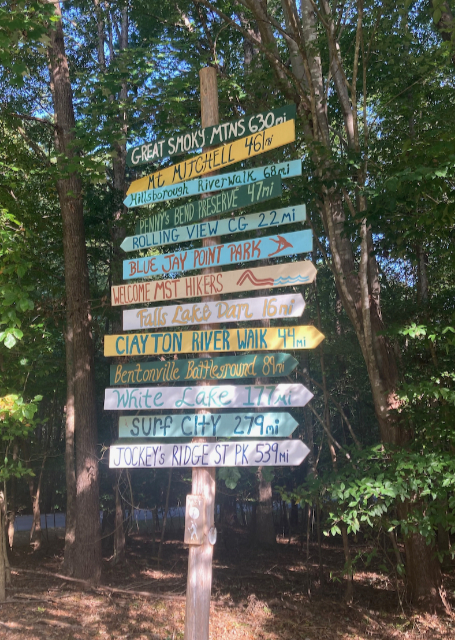

I make things out of wood, almost entirely with hand tools: chairs, furniture, boxes, spoons. Most recently I have taken up chip carving. You can see my work (and buy some of it) at David Walbert Art & Wood.

On Instagram I post as @theneighborhoodjoiner.
Otherwise, my main social media account is at Micro.Blog.
I have been writing since 2002 at Walbert’s Compendium (which incorporates my former site, The New Agrarian). There you can find an old but still useful collection of articles on raising backyard ducks, a series of research pieces and essays on the history of food, cooking, and eating, occasional musings on craft and technology, and what I call “cheap poetry.” And rather a great deal more that I suspect I have forgotten.
Since the summer of 2023 I have been section-hiking the North Carolina Mountains-to-Sea Trail and writing about the experience on Substack at The Road to Jockey’s Ridge.



I also tell stories. One of these I have spun into a novel, which I like to think of (perhaps anachronistically) as “an adventure for all ages”: The Pirate Panther Princess, published in December 2022. You can read the first six chapters at the link.
I homeschooled my daughter in math, science, and the arts through 12th grade, and developed an earth & environmental science curriculum based on North Carolina’s resources and ecosystems, called The Earth From Home, which I believe demonstrates how homeschool science — and environmental science generally — might be taught. Most of the rest of what I could say about teaching I summed up in my valediction on homeschooling.
By training I’m a historian, a background that informs my woodworking (and pretty much everything else). I wrote a book called Garden Spot: Lancaster County, the Old Order Amish, and the Selling of Rural America (Oxford, 2002) and developed (2007–10) a digital textbook of North Carolina history based on primary sources. The latter was lost in budget cuts, but you can still find North Carolina Digital History in an almost complete edition on the Internet Archive’s Wayback Machine.
At one time or other I have been a contributor to Front Porch Republic, a now-defunct homesteading magazine called New American Homesteader, and a short-lived online journal called The Northern Agrarian.
A very long time ago I trained and briefly worked as a theoretical physicist (no kidding).
In 2023 I turned my front yard into a wildflower meadow.



There’s more, but that will do for now.
If after all that you want to email me, you can do so at [myfirstname] at [myfirstname][mylastname] dot com, or just use this contact form.